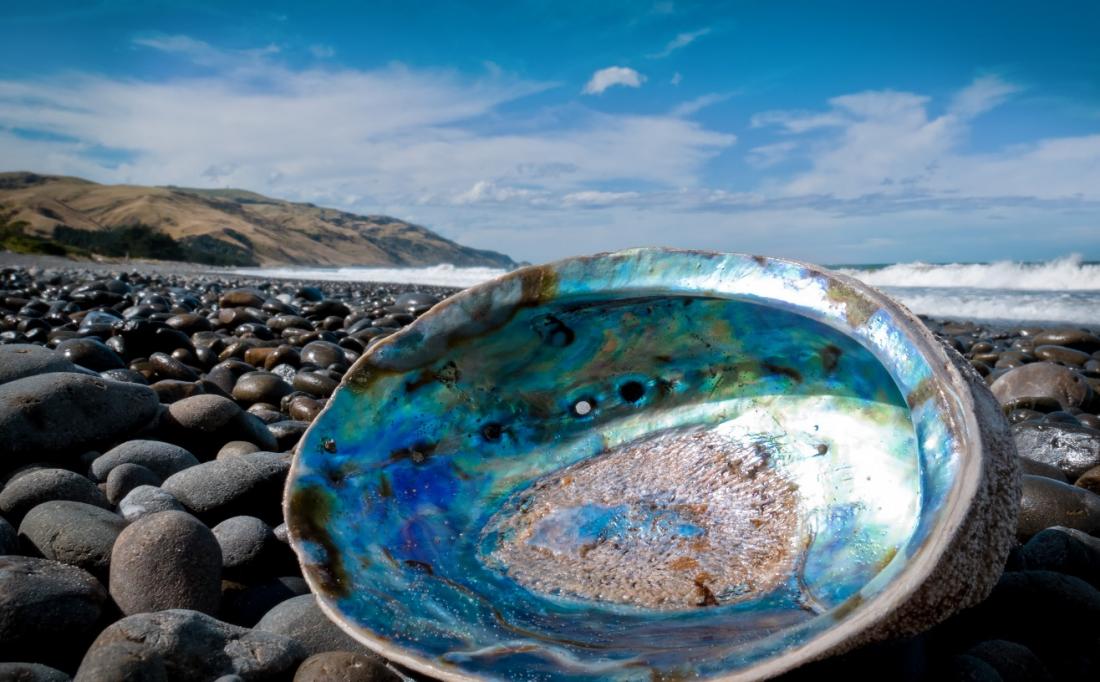The researcher hopes her work will add to efforts calling for the 'ama' culture to be listed in the registry of UNESCO World Heritage.
Cynthia Neri Zayas from the Center for International Studies at UPD is exploring the ten-year diary of a contemporary Japanese ama named Yamashita-san, who lives in the village of Goza in south-western Japan.
Still in the first phases of her work, Professor Zayas has found several similarities between Japan’s ama culture and the Philippines’ fishing culture. Families in both cultures tend to be led by a matriarch who plays a significant role in supporting the family’s livelihood. Japan’s sea women and Philippine fishers also tend to wander on a seasonal basis to find work away from home. Both cultures give prominence to the shells of “abalones”, a kind of sea snail. The Japanese use them for offerings and in the Philippines they are used as good luck charms.
Dr Zayas also found a connection between the architecture of the Ise Shrine in Japan, which is strongly linked to the ama culture and is built on top of pillars, and traditional raised homes along the coasts of the Philippines.
Dr Zayas hopes her work will add to efforts calling for the ama culture to be listed in the registry of UNESCO World Heritage.
For further information contact:
Dr Cynthia Neri Zayas
Center for International Studies
University of the Philippines, Diliman E-mail: [email protected]



